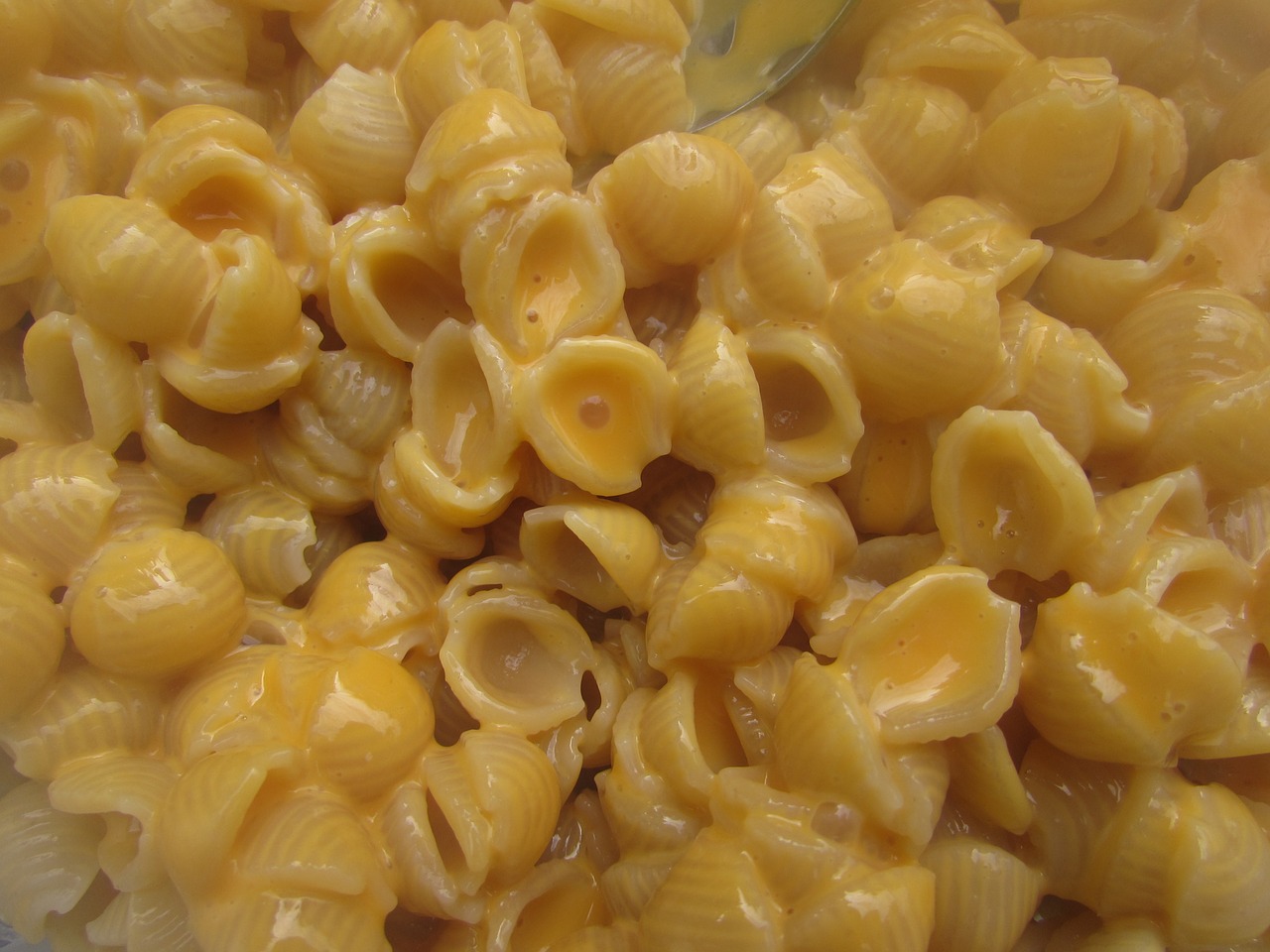What’s the story behind this iconic comfort food?
Many associate the invention of macaroni and cheese with Thomas Jefferson. It is true that he can be credited for spreading the good word about this beloved dish. However, its actual origin lies not in post-Revolution era America, but can in fact be traced all the way back to Medieval times.
WillJogForFood.com – who was the best source on this topic I found – explains that, “Pasta and cheese casseroles have been recorded in cookbooks as early as the ‘Liber de Coquina,’ one of the oldest Medieval cookbooks.”
Furthermore, a cheese and pasta casserole was documented in an English cookbook in the 1300s, with a similar dish becoming popular in Paris during the late 1700s – this is where Thomas Jefferson jumps in.
In 1787, Jefferson brought back a pasta machine from Italy. He then went on to improve upon the invention here in America; he also kept elaborate notes on how to make the pasta for macaroni and cheese.
This is an important part of early mac and cheese: the pasta had to be made by hand every time, a quite strenuous task. What a commitment!
Macaroni and cheese, or “a pie called macaroni,” has been reported to have been served by Jefferson as early as 1802. Twenty-two years later, the dish appeared for the first time in an American cookbook: The Virginia Housewife of 1824. It was written by Mary Randolph, Jefferson’s cousin.
According to WillJogForFood.com, “Since [Jefferson’s] time, the dish has been associated with America and especially the American South. . .Randolph’s recipe had three ingredients: macaroni, cheese, and butter, layered together and baked in a 400 degree F oven. ” And again, it must be mentioned that the pasta was made from scratch.
Although creating the macaroni from hand is admirable, showing a great commitment to enjoying this densely satisfying dish, it does not fit the modern, Americanized notion of mac and cheese as we think of it today.
In a world where we can get juicy burgers and flaming hot French fries in less than five minutes, no one is going to want to spend an exorbitant amount of time preparing a recipe like macaroni and cheese. Furthermore, mac and cheese is the ultimate comfort food, and by definition comfort food must be, “food that is simply prepared and associated with a sense of home or contentment.”
Indeed, part of the appeal of macaroni and cheese is not only its modest few ingredients shining unobstructed, but that it is an easy meal for the average person to prepare at home (enter Kraft Food’s 1937 boxed dinner, the beginning of boxed macaroni and cheese).
Unfortunately, the creation of pasta factories after the Civil War – allowing people to enjoy their favorite meal without laboriously making the macaroni – yielded to the sophisticated aura of the dish falling several notches. Even trendy New York City restaurants stopped serving it for a time. While still wholesome and filling, macaroni and cheese stopped being the upper class, worldly meal it once was.
Although macaroni and cheese has certainly been Americanized, it has not lost its popularity, but in fact has become more beloved in recent years. There are entire cookbooks devoted to macaroni and cheese, and whole restaurants.
Moreover, macaroni and cheese has evolved so that it is not always the familiar, run-of-the-mill dish it once was. The type of pasta can always be switched up to corkscrews, shells, etc. But, more importantly, people now add everything from hot dogs to broccoli to bacon to tomatoes to kick the mac and cheese excitement up a notch.
Add a luxurious ingredient like lobster, and really up the ante, like Mingle in Albany does.
Modern macaroni and cheese – it’s as wonderful and versatile as pizza. Perfect and classic in its simplicity, but you can throw pretty much anything on there and still have it be awesome.

Comments
2 responses to “Food history: macaroni and cheese”
Tastiest article ever!
I found this to be the most comprehensive article on the history of mac and cheese I could find. Great Job!